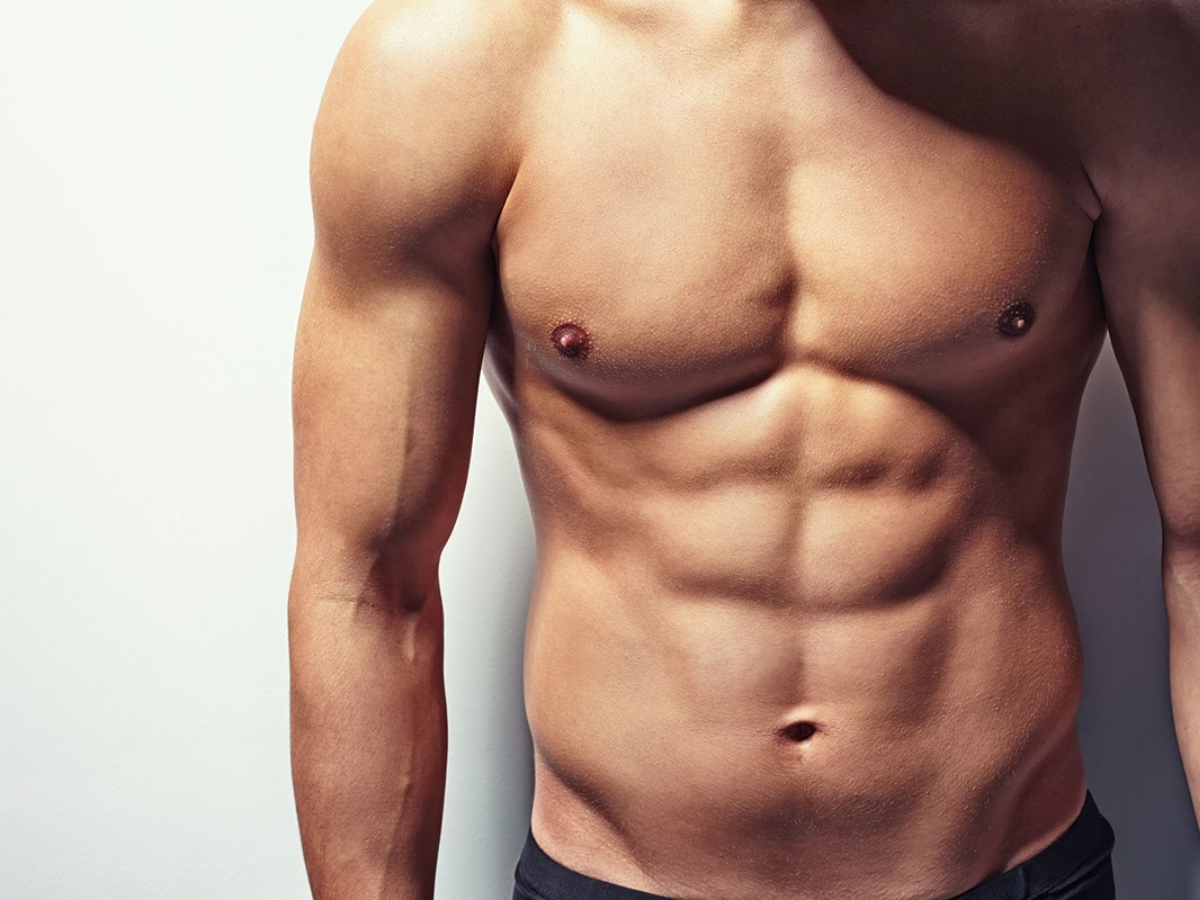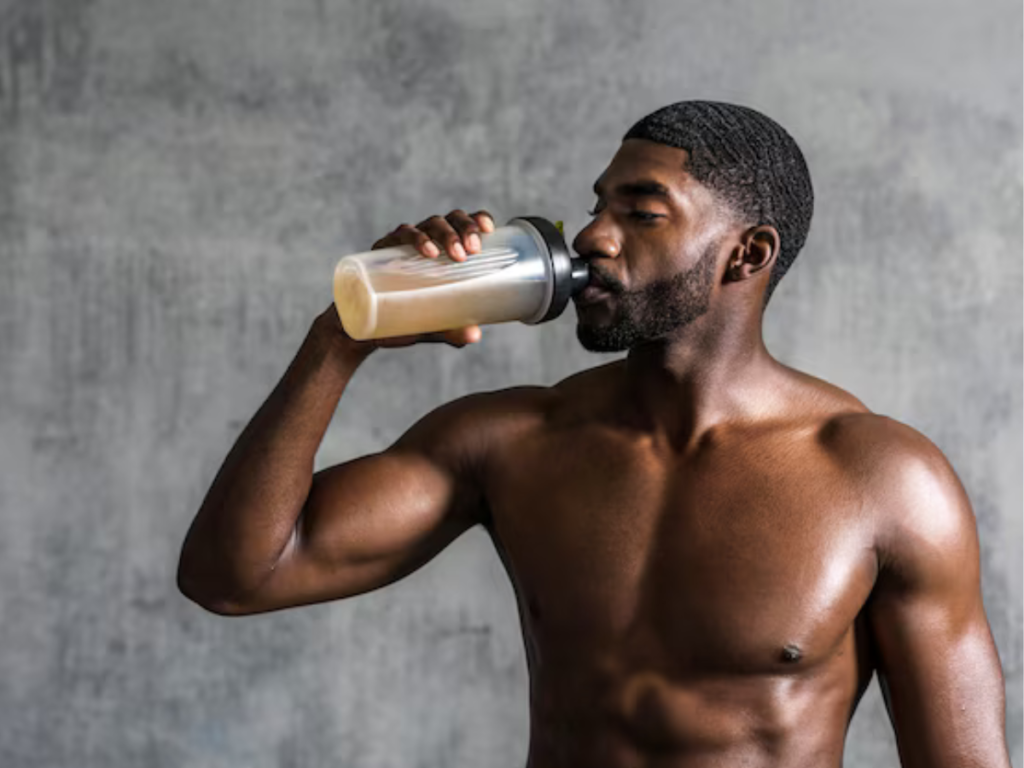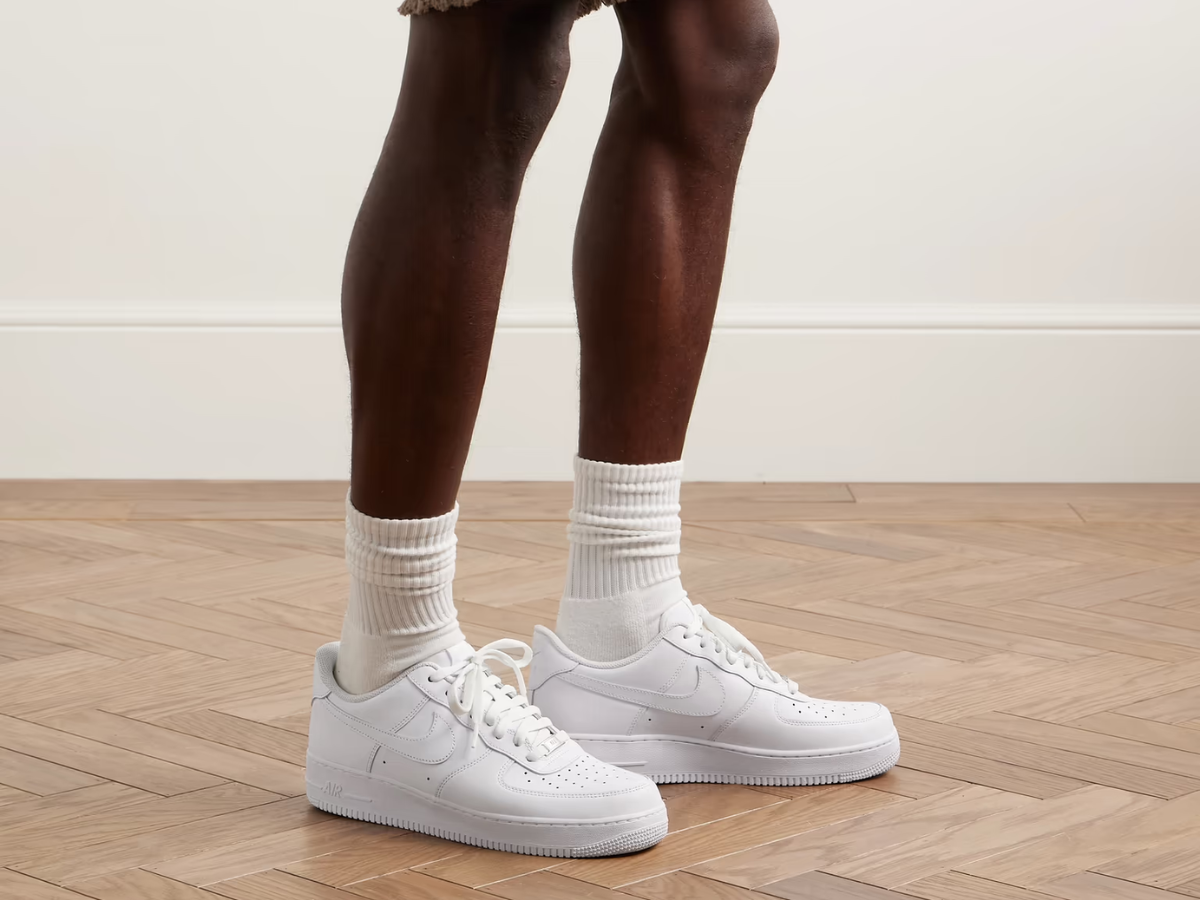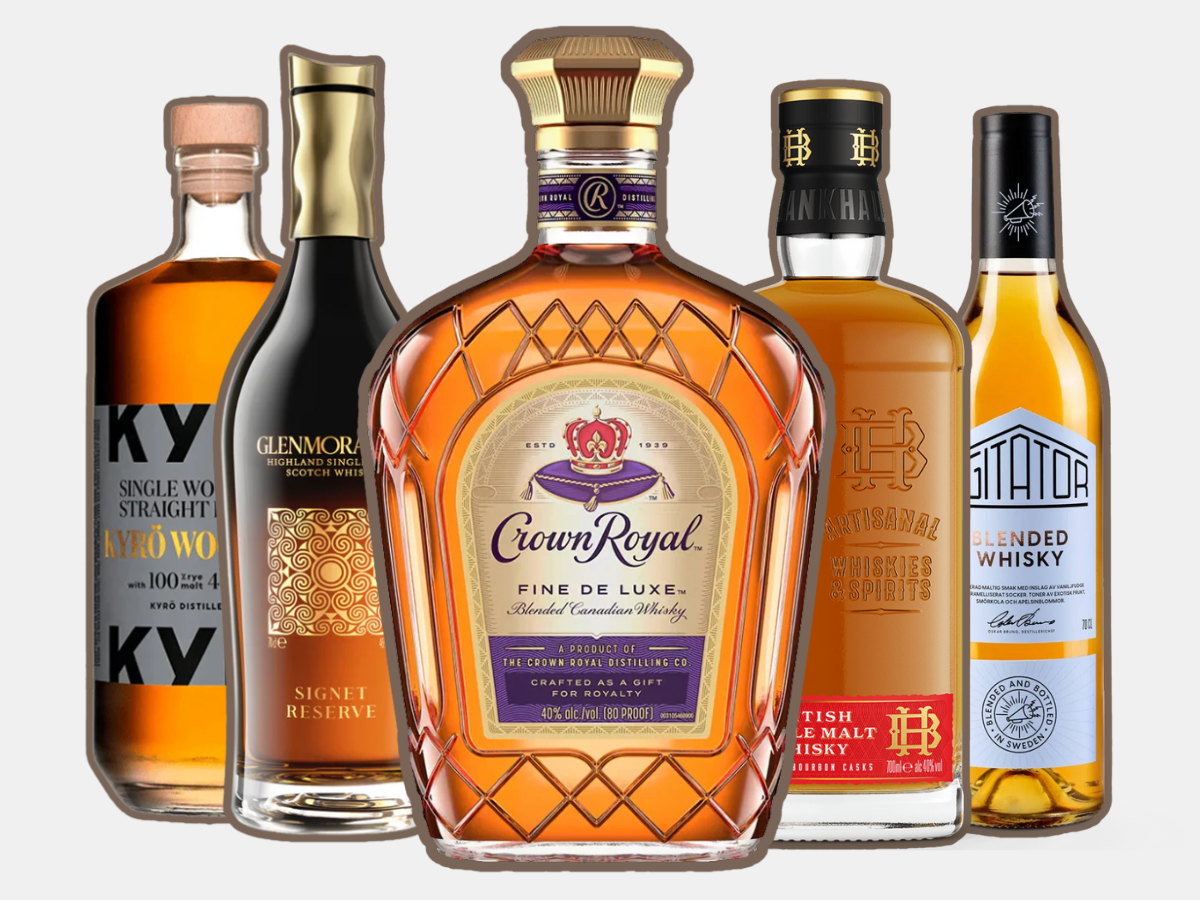There comes a point when we all look in the mirror and think, “Alright, it’s time to burn this fat off—fast.” Maybe it’s the extra holiday weight, maybe it’s prepping for summer, or maybe you just want to feel lighter and sharper. Whatever the reason, fat loss doesn’t have to mean endless hours on the treadmill or surviving on nothing but chicken and broccoli.
The truth is, burning fat effectively is about combining the right workouts, smart nutrition, and lifestyle tweaks that keep your body in fat-burning mode all day. From explosive HIIT sessions that burn calories quickly to the underrated importance of sleep and stress management, there are proven ways to accelerate results without making life miserable.
In this guide, we’ll explore 14 of the top proven, science-backed, and practical strategies to lose fat quickly—and keep it off. Ready to get started? Let’s dive in.
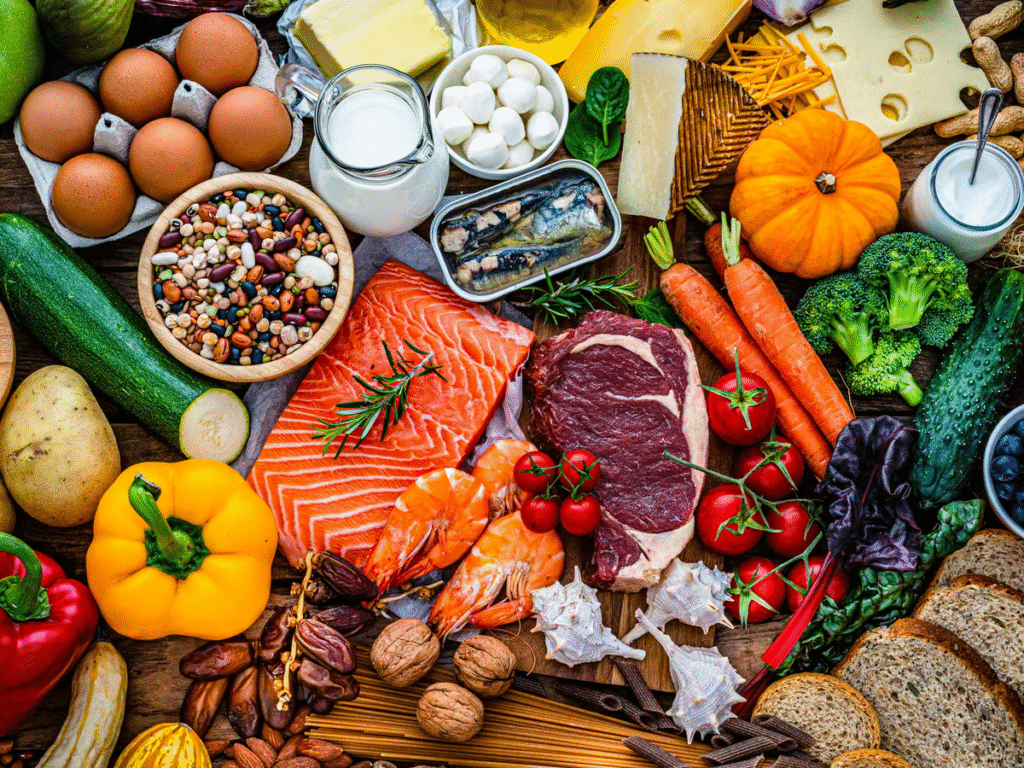
If fat loss is the goal, protein is your secret weapon. Unlike carbs and fats, protein requires more energy for your body to digest, meaning you burn more calories just by eating it. That’s right—your steak, chicken, or tofu is actually working for you before you even hit the gym.
Beyond that, protein helps you feel fuller for longer, which makes it easier to say no to late-night snacks or that mid-afternoon sugar crash. It also protects your lean muscle mass while you’re cutting fat—a crucial point because the more muscle you maintain, the higher your metabolism runs. Think of it as feeding the engine that keeps you burning calories even at rest.
If you’re serious about results, aim to follow a high-protein diet consistently. A good goal is about 1.6 grams of protein per kilogram of body weight each day. Distribute it evenly across your meals—eggs at breakfast, salmon at lunch, Greek yogurt as a snack, and possibly a protein shake after your workout. Your body will reward you with quicker recovery, increased energy, and a noticeable reduction in body fat.
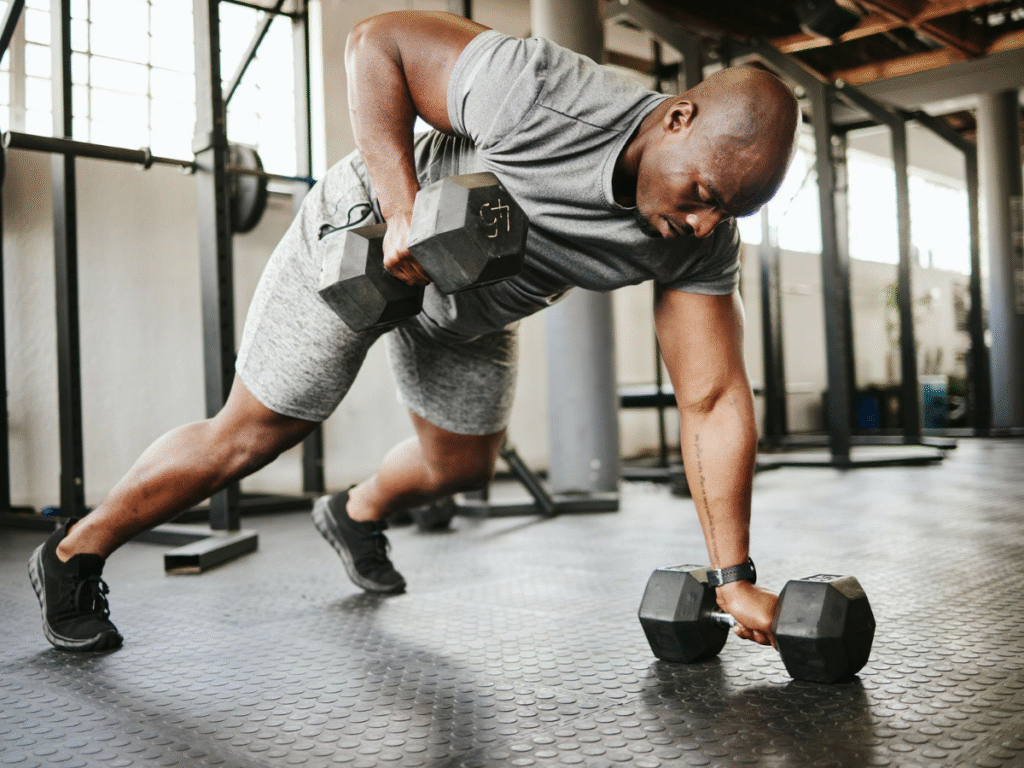
Cardio might get all the praise for burning fat, but if you’re skipping the weights, you’re missing out on serious results. Strength training builds lean muscle, and the more muscle you have, the more calories your body burns—even when you’re relaxing on the couch. Think of muscle as a fat-burning furnace that never really turns off.
Lifting weights also helps shape your physique, giving you that toned, athletic look most people aim for when they say they want to “lose fat.” Plus, resistance training improves bone density, boosts hormone levels, and keeps your metabolism running efficiently as you age. It’s a win on every front.
Aim for at least 3 sessions each week, focusing on compound lifts like squats, deadlifts, presses, and rows. These movements engage multiple muscle groups at once, burn calories, and provide the best results. Add in some isolation work if desired, but never overlook the fat-burning power of heavy iron.

Here’s the truth: if you’re not getting enough sleep, you’re sabotaging your fat-loss efforts. Poor sleep disrupts your hormones—raising ghrelin (the hormone that makes you hungry) and lowering leptin (the hormone that signals fullness). Translation? Less sleep equals more cravings, increased snacking, and much more difficulty sticking to your diet.
Aim for 7–9 hours of quality sleep each night. Keep your bedroom cool and dark, avoid late-night scrolling, and try to maintain a consistent sleep schedule. Prioritize your rest, and you’ll wake up with more energy, better willpower, and a body that’s primed to burn fat.

Intermittent fasting isn’t a magic trick, but it’s one of the simplest and most effective tools for fat loss. By narrowing your eating window—say, 16 hours fasting with an 8-hour window to eat—you naturally reduce overall calorie intake without counting every bite. Less time to eat usually means fewer opportunities to snack mindlessly, and that alone can help tip the scale in your favour.
Beyond cutting calories, fasting gives your body time to tap into stored fat for energy. It also helps regulate insulin levels, which makes fat burning more efficient. Many people find they have sharper focus and better energy during fasting hours, which is a nice bonus.
If you’re curious to try it, start with something manageable like 12 hours of fasting (finish dinner at 7 p.m., have breakfast at 7 a.m.) and gradually extend the window. Pair it with high-protein meals and plenty of water, and it can become a sustainable, proven way to accelerate fat loss.
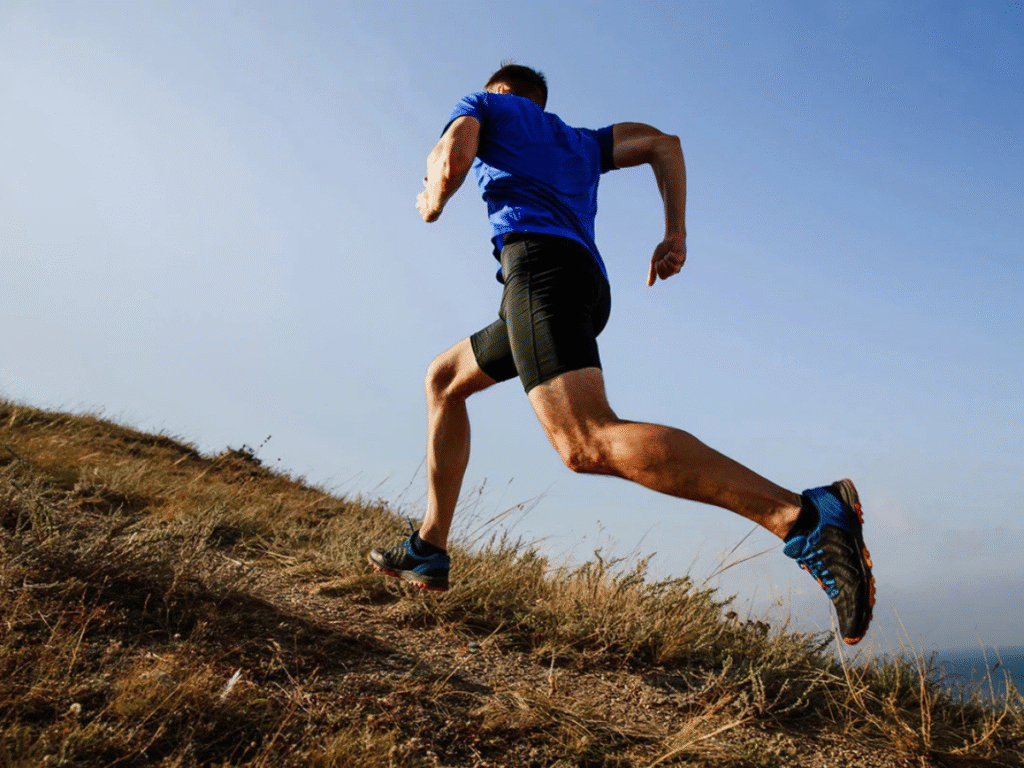
When it comes to burning fat, cardio remains one of the most effective tools in your toolkit. Itraises your heart rate, burns calories in the moment, and boosts cardiovascular health along the way. Whether it’s running, cycling, rowing, or even a solid boxing session, cardio aids in creating the calorie deficit needed for fat loss.
The key is variety and consistency. Incorporate steady-state cardio like jogging or brisk walking with high-intensity sessions such as sprints or circuit training to keep your body guessing. Not only does this burn fat faster, but it also makes cardio less of a chore and more of a challenge. Aim for at least 150 minutes of moderate cardio per week or 75 minutes of high-intensity work to see real progress.

Sometimes the simplest fat-burning tip is right in front of you. Staying hydrated not only supports overall health but also helps control your appetite. Often, what feels like hunger is actually thirst, so reaching for a glass of water instead of a snack can save you unnecessary calories.
Water also plays a vital role in metabolism and digestion. It helps your body process nutrients efficiently, flushes out waste, and maintains steady energy levels—so you’re less likely to experience a crash in the middle of the afternoon. Additionally, when you stay well hydrated, your workouts feel easier, and recovery happens faster, which allows you to train more intensely and burn more fat over time.
To give yourself an extra boost, begin your morning with a tall glass of water and keep a bottle nearby throughout the day. If plain water feels dull, green tea and black coffee (without loads of sugar) are excellent options, providing both hydration and a slight boost to your metabolism. Small changes like these can accumulate into significant results.

Carbohydrates and sugar aren’t villains, but consuming too much processed food—like white bread, pastries, and fizzy drinks—can quickly hinder fat loss. They raise blood sugar levels, trigger insulin, and make you hungrier than before, creating a cycle of cravings and overeating. Cutting back helps your body better regulate energy and reduces fat storage, especially around the midsection.
The goal isn’t to eliminate carbs completely but to make smarter choices about the ones you eat. Replace refined carbs with whole grains, fruits, and vegetables, and avoid sugary snacks and sodas. You’ll feel more energised, less bloated, and your body will switch into a more efficient fat-burning mode.
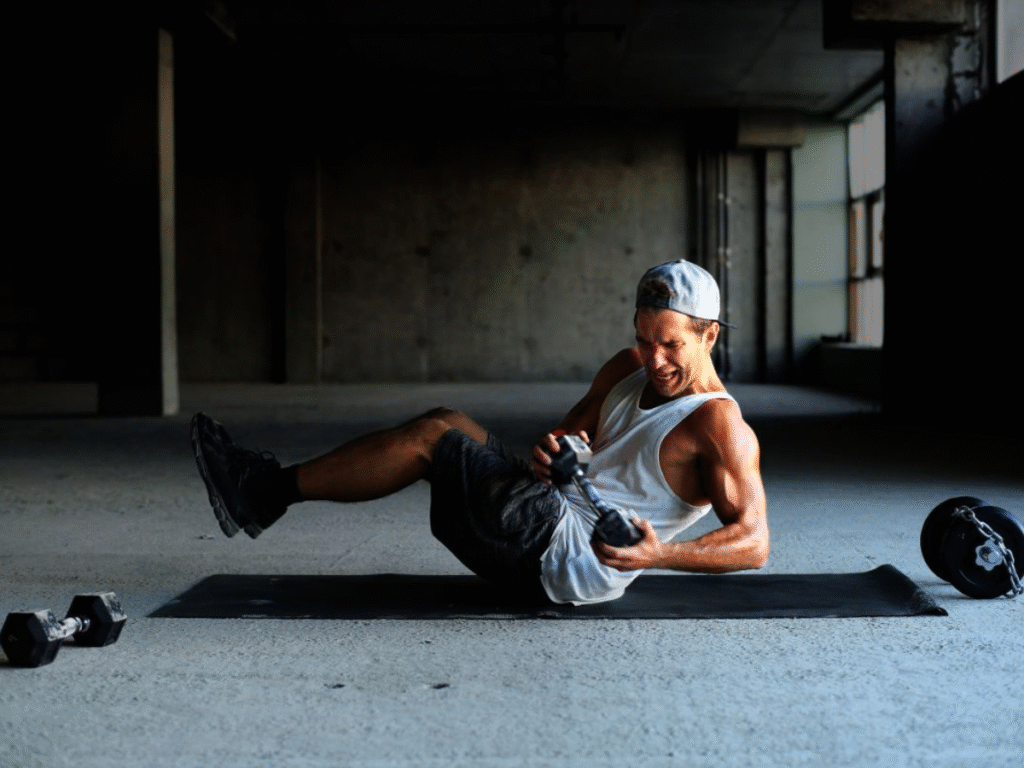
If you want maximum fat burn in the shortest time, HIIT should be your go-to. This style of training alternates brief bursts of all-out effort—like sprinting, cycling, or bodyweight circuits—with short recovery periods. The magic lies in the after-burn effect: even after you’ve finished, your body continues burning calories for hours as it recovers.
HIIT also keeps things exciting. You don’t need an hour on the treadmill—just 20–30 minutes of intense, fast intervals can burn more fat than steady cardio alone. The bonus? It can be done anywhere, whether you’re doing sprints outdoors, using a rowing machine, or smashing through a burpee session at home.
Aim for 2–3 HIIT workouts per week to complement your strength training and steady-state cardio. Keep them intense, keep them short, and your metabolism will thank you.
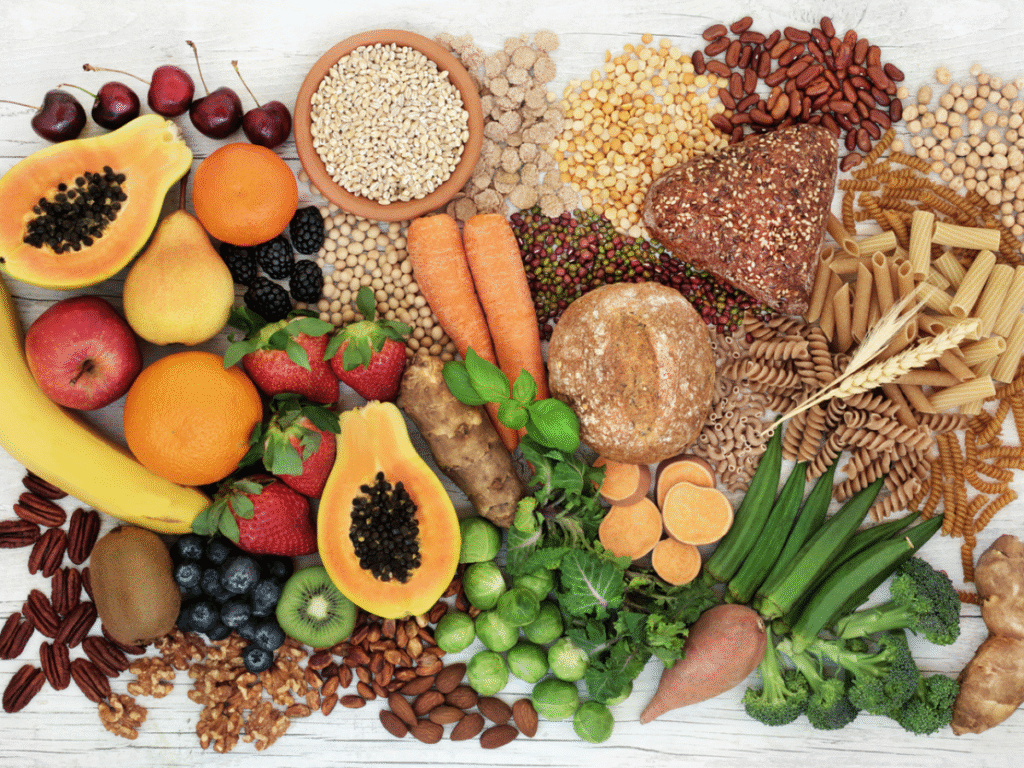
If protein is your fat-loss powerhouse, fibre is its quiet sidekick that keeps everything functioning smoothly. Foods high in fibre slow digestion, helping you feel fuller for longer and reducing the urge to snack on empty calories. That results in fewer blood sugar spikes, fewer cravings, and significantly less overeating—key steps toward getting leaner and more toned.
You don’t need to make it more complicated—just focus on fruits, vegetables, beans, lentils, and whole grains. These foods not only help regulate appetite but also boost gut health, which has a bigger impact on metabolism than most people realise. Aim for at least 25–30 grams of fibre daily, and you’ll be on the right path to losing fat and revealing a more defined, toned physique.
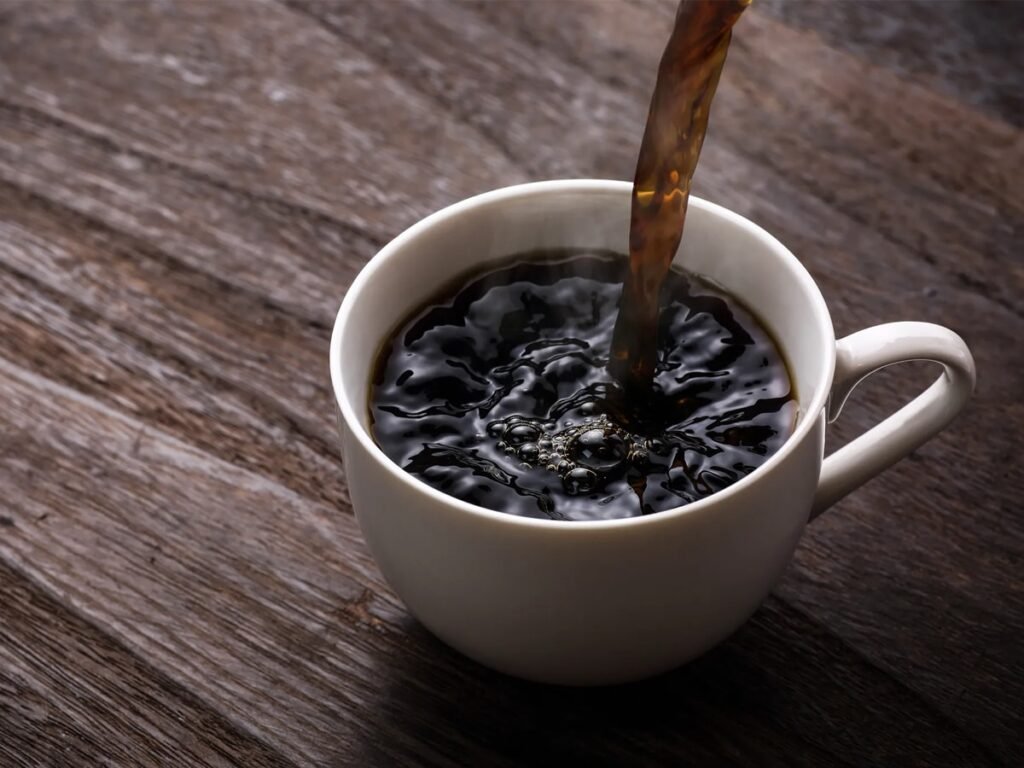
Good news for coffee lovers: your daily coffee can actually give fat loss a boost. Caffeine boosts your metabolism, mobilises stored fat for energy, and helps you push harder during workouts—all of which lead to more calories burned. It’s also a straightforward way to stay alert and energised without reaching for sugary snacks.
The key is to keep it simple. Skip the sugar-filled lattes and frappes, and stick to black coffee or just a splash of milk. A cup before your workout can noticeably improve performance and fat burning. Aim for 2–3 cups a day, and coffee goes from just a morning ritual to a practical aid for fat loss.
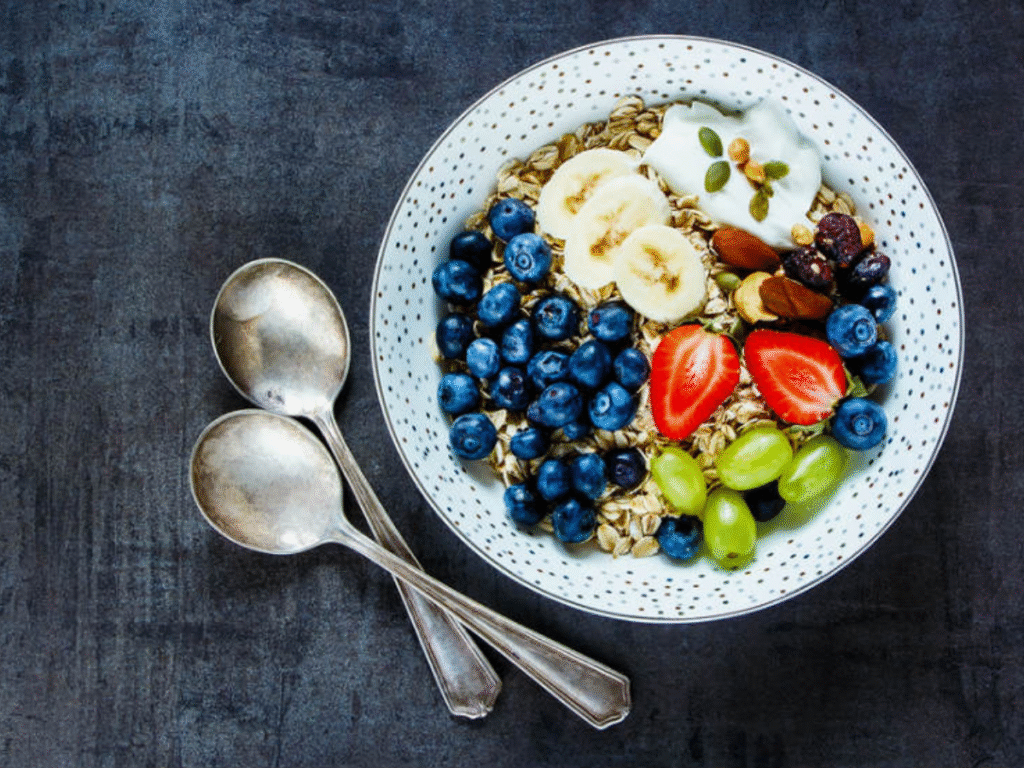
A healthy gut is more influential than most people realize when it comes to burning fat. Probiotics—the “good” bacteria found in foods like yogurt, kefir, sauerkraut, and kimchi—help balance your gut microbiome, which affects everything from digestion to metabolism. A balanced gut can reduce bloating, improve nutrient absorption, and even make it easier to lose stubborn fat.
Adding probiotic-rich foods to your diet also supports appetite regulation. When your gut is in good shape, your body communicates hunger and fullness signals more effectively, meaning fewer random cravings and better control over portions. Think of it as building a leaner physique from the inside out—because a healthy gut sets the stage for a healthier, more toned body overall.
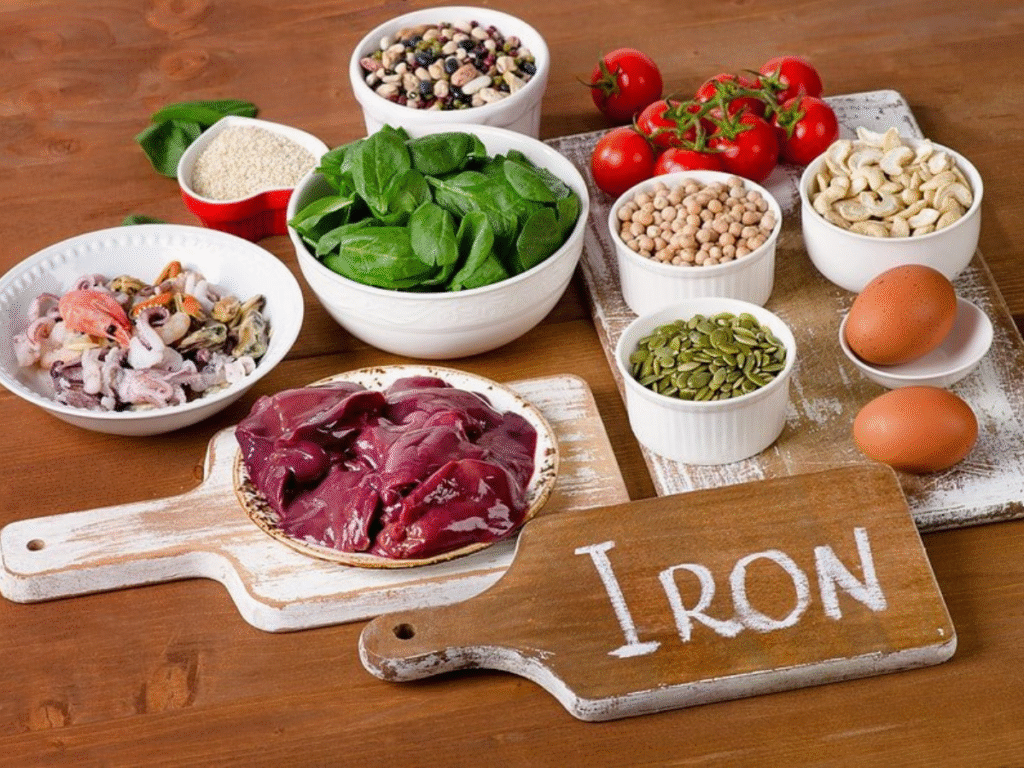
Iron might not be the first nutrient you think of for fat loss, but it plays a vital role in how efficiently your body burns calories. This mineral helps transport oxygen to your muscles, which keeps your energy levels up and allows you to push harder during workouts. Without enough iron, you’ll feel sluggish, tire quickly, and struggle to get the intensity needed to shed fat.
Good sources of iron include lean meats like beef and chicken, as well as plant-based options such as spinach, beans, and lentils. Pairing plant-based iron with vitamin C (think spinach and lemon juice, or beans with peppers) boosts absorption, so your body makes the most of it. Keep your iron levels in check, and you’ll notice better performance in the gym, higher energy throughout the day, and a body that’s more efficient at burning fat.
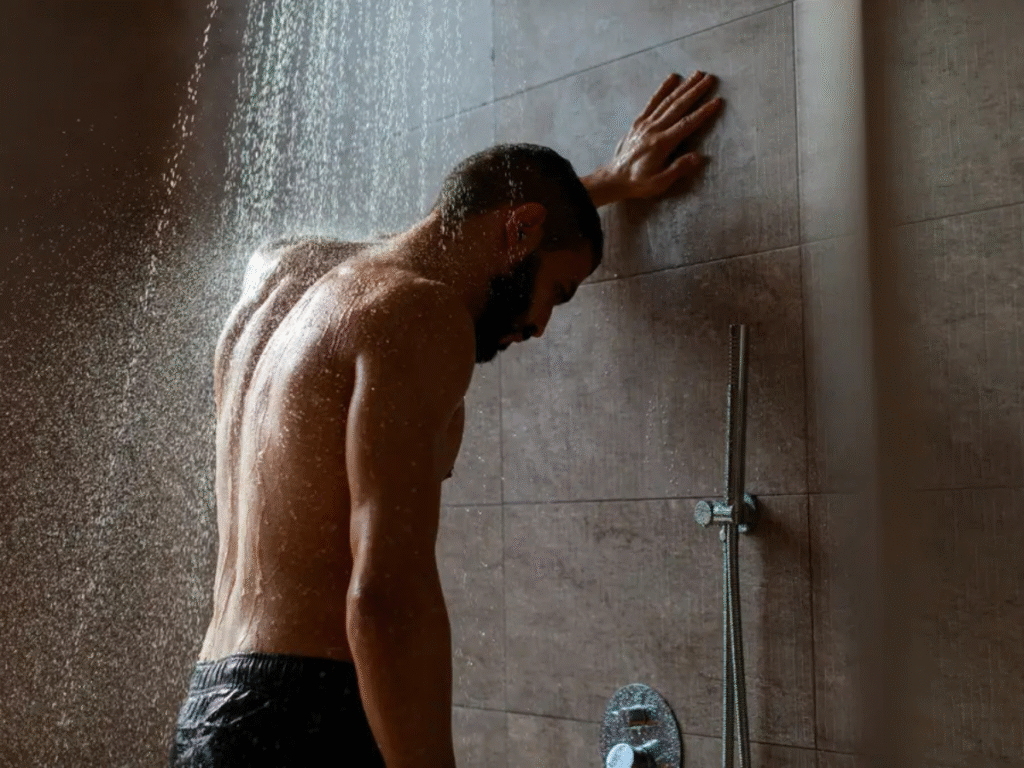
Ice baths and cold showers aren’t just for athletes—they can also give fat loss a little boost. Exposure to cold activates brown fat, a type of fat that actually burns calories to generate heat. Over time, this can raise your metabolism and help your body become more efficient at burning stored fat.
You don’t need to jump into a frozen lake to see benefits. Even ending your morning shower with 30–60 seconds of cold water can do the trick. It’s uncomfortable at first, but it wakes you up, sharpens your focus, and might just become your secret weapon for staying lean.

What gets measured gets managed. Tracking your workouts, steps, and food intake keeps you accountable and helps you see where progress is happening—and where it isn’t. It doesn’t mean obsessing over every calorie, but being aware of your habits makes it easier to adjust when fat loss slows down.
This can be as simple as using a fitness app, keeping a journal, or taking weekly progress photos. Small wins accumulate, and seeing them on paper (or on screen) helps maintain motivation. Consistency is crucial, and tracking is the tool that keeps you moving forward.
What Burns Fat The Fastest?
High-Intensity Interval Training (HIIT) is one of the quickest ways to burn fat because it keeps your metabolism elevated for hours after exercising. Combine it with a high-protein diet and good sleep, and results can come even faster.
Do I Need To Cut Out Carbs Completely To Lose Fat?
Not at all. Carbohydrates fuel your workouts and daily energy. The key is to reduce refined carbs and sugar while prioritizing whole grains, fruits, and vegetables. Balance is more effective (and sustainable) than restriction.
How Much Water Should I Drink For Fat Loss?
A good target is about 2–3 litres daily, depending on your size and activity level. Staying hydrated helps manage cravings, supports metabolism, and enhances workout performance.
Can I Burn Fat Without Exercising?
Yes, but it’s much slower. Diet plays a significant role in fat loss, but exercise—especially strength training and cardio—makes the process more effective and helps you maintain the weight in the long term.
How Long Does It Take To See Results?
It depends on consistency and effort. Many people begin to notice changes within 3–4 weeks with proper training, nutrition, and sleep. Visible results typically appear within 8–12 weeks if you stay committed.
